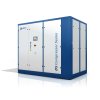Fans vs Blowers vs Compressors: Oil Free Air Guide for Industry
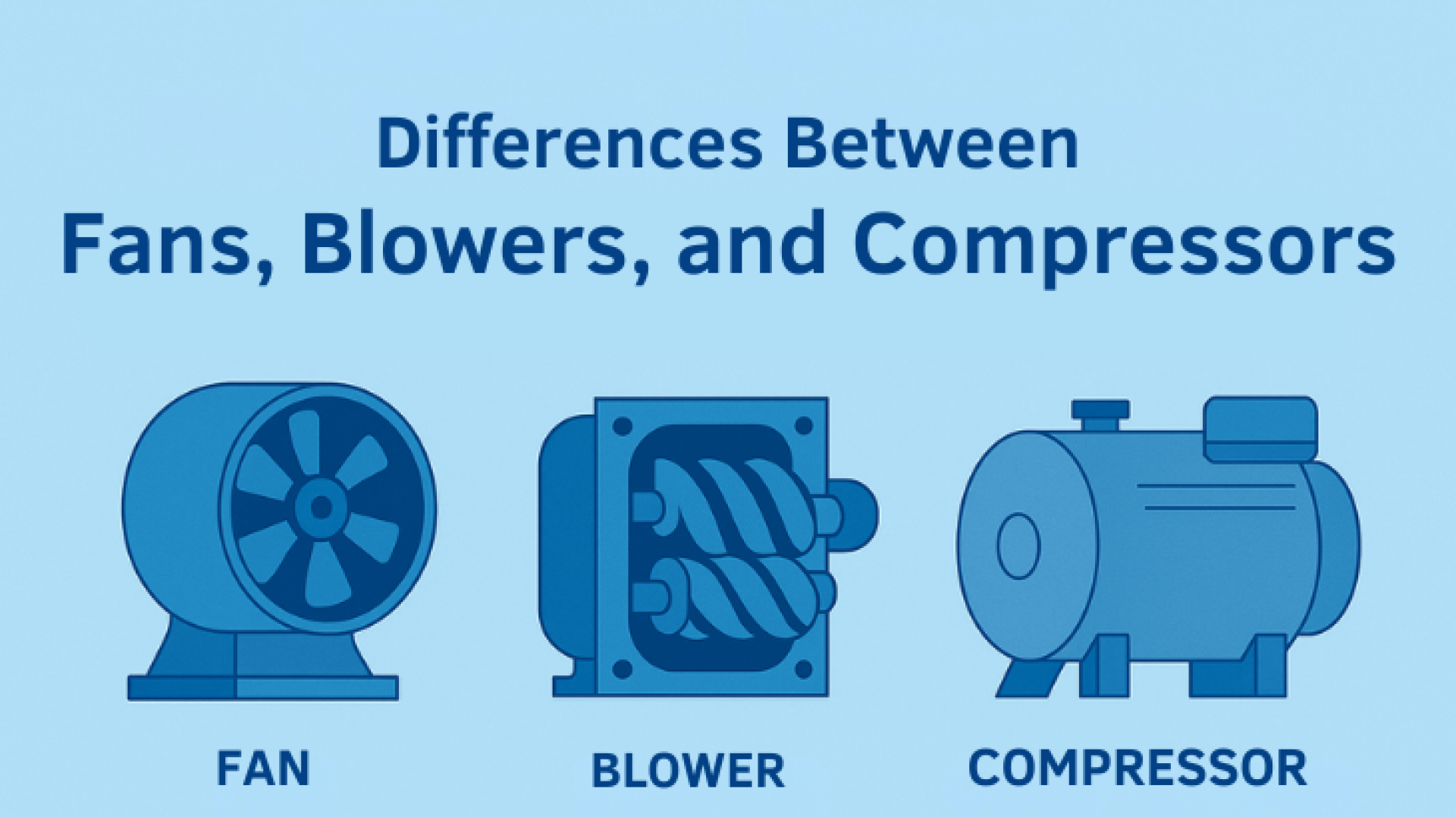
Fans, Blowers, and Compressors Whats the Difference? Industrial Guide to Choosing an Oil Free Air
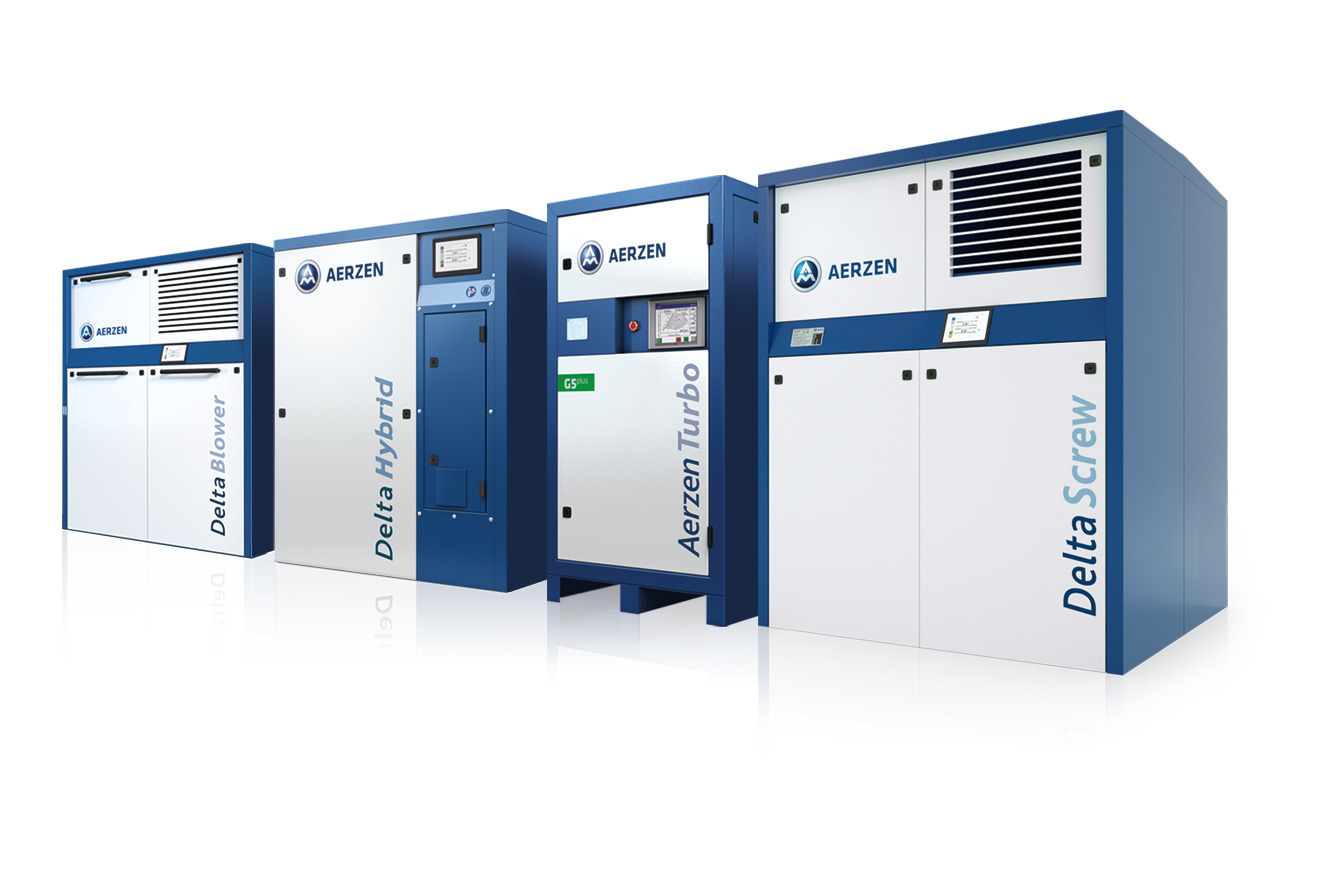
For industrial plants, understanding the differences between a Fan, Blower, and Compressor is essential because it affects air quality, energy use, and production continuity. This is especially important for Oil Free Air applications that must meet ISO 8573-1 Class 0 a core requirement across food & beverage, pharmaceuticals, and electronics.
- Engineering differences explained in plain English
- Real Thai use cases and equipment selection guidance
- Orientation on Oil Free Air Blower & Compressor rental options
- Decision checklist
Definitions & Principles
Fan
A Fan is a rotating machine that adds energy to air/gas at very low pressure rise (Pressure Rise < 10 kPa, Pressure Ratio 1.11). Fans move large volumes without high pressureideal for ventilation, heat exchange, and HVAC.
Blower
A Blower provides higher pressure than a fan but lower than a compressor, typically 10-200 kPa (Pressure Ratio ~1.11-1.2). It suits continuous process duties such as pneumatic conveying, aeration, vacuum assistance, and drying. Technologies include Roots Blower and Screw Blower, chosen by required flow/pressure and efficiency.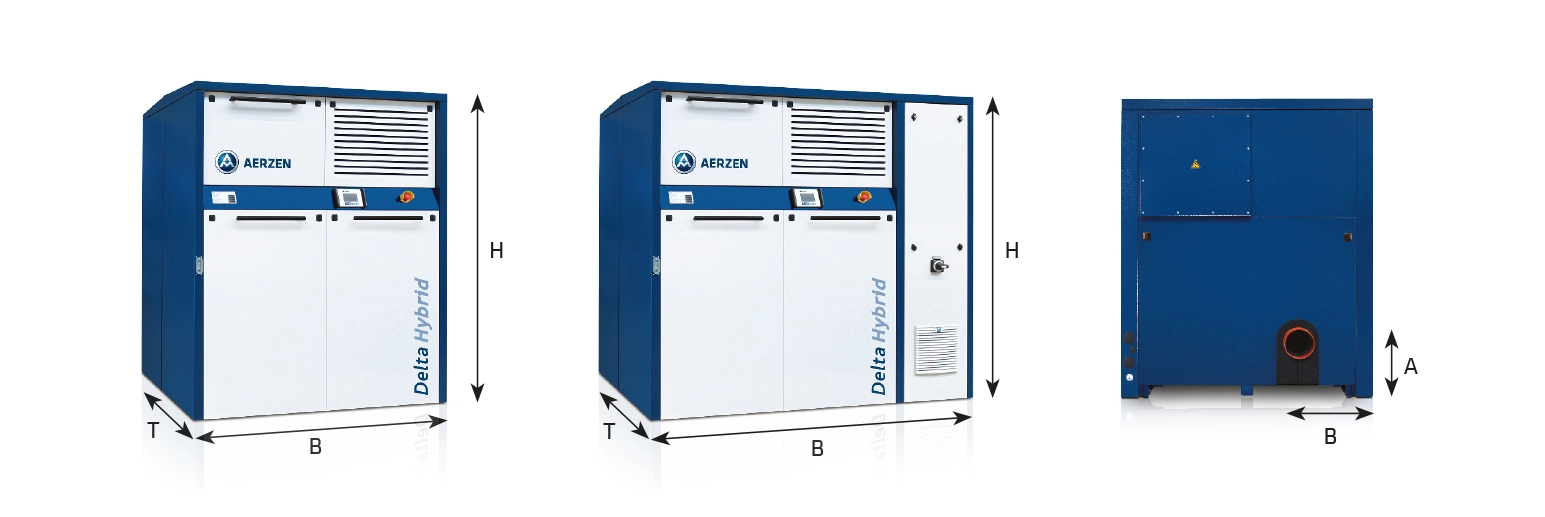
Compressor
A Compressor raises gas pressure above blower levels, generally >200 kPa (Pressure Ratio >1.2, up to 10+ in a single stage). It provides high, stable pressure and specific air quality for Process Air, Instrument Air, and Pneumatic Tools. In cleanliness-critical industries (food, beverage, pharma, electronics), choose Oil Free Air Compressor (ISO 8573-1 Class 0) to avoid contamination.
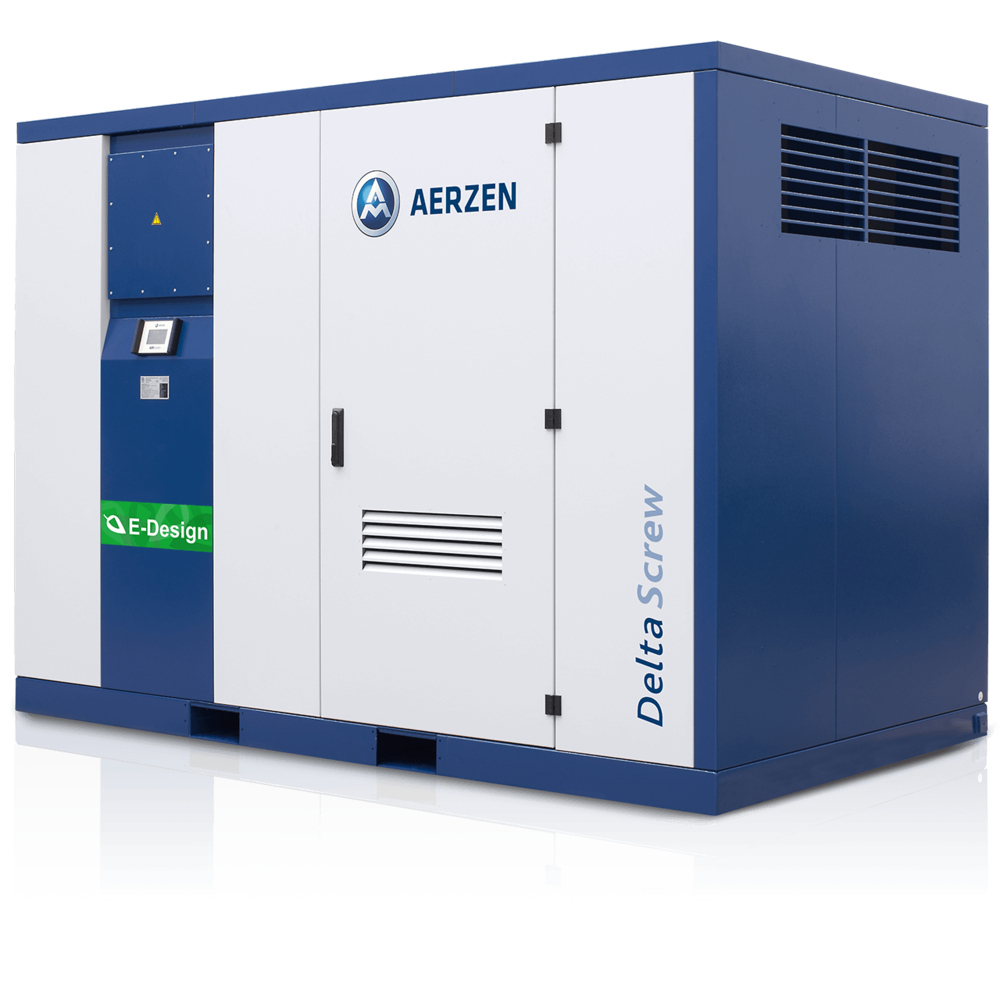
Fan vs Blower vs Compressor: Core Differences
- 1. Pressure
Fan: low pressure for general ventilation
Blower: medium pressure for process (e.g., aeration, pneumatic conveying)
Compressor: high pressure for quality/stable compressed air - 2. Stability & Control
Blowers and compressors deliver steadier pressure and tighter controlpreferred for process stability.
- 3. Air Quality
Where contamination risk exists (food, beverage, pharma, electronics), select Oil Free equipment to ISO 8573-1 Class 0.
- 4. Energy & Efficiency
Match technology to actual Flow and Pressure. Oversizing wastes energy and cost.
- 5. Maintenance & Availability
Industrial machines are built for continuous duty, but PM (preventive maintenance) extends life and reduces unplanned stops.
- 6. Application Fit
Fan: ventilation (low pressure)
Blower: medium-pressure process (aeration, conveying)
Compressor: high-pressure duties and specific air quality (process/instrument air)
How to Select for Industry
- Start from the process requirement
Define how compressed air is used (ventilation, aeration, or as energy for tools). Confirm key figures: Flow Rate and Pressure Range. Consult experts to balance performance, energy, and maintenance.
- Common use cases
General area ventilation Fan
WWTP aeration, drying, pneumatic conveying Blower (choose Screw or Roots based on flow/pressure window)
Pneumatic tools, instrumentation, high-pressure process Compressor (select Oil Free Air Compressor for strict quality; ISO 8573-1 Class 0)
- Additional considerations
For plants needing production continuity or facing time/budget limits, short-term options like equipment rental can reduce risk during overhauls or upgrades without affecting base capacity.
Quick Answers
- How do a fan and a blower differ?
- A fan provides low pressure for general ventilation; a blower provides medium, steady pressure suited to process tasks like aeration or pneumatic conveying.
- When should I choose a compressor?
- When your process needs high pressure or specific air qualitye.g., Instrument Air, Process Air, or Oil Free applications.
- How to achieve ISO 8573-1 Class 0?
- Use Oil Free compressors or blowers with correct filtration/drying and verify air quality to the standard.
- Why rent compressed air systems?
- Faster deployment, lower CAPEX, access to latest technology, emergency coverage and overhaul support, with 24/7 local service.
Summary Specs
| Topic | Fan | Blower | Compressor |
|---|---|---|---|
| Pressure Ratio | up to 1.11 | 1.11 to 1.2 | greater than 1.2 |
| Example Uses | General ventilation, HVAC |
Aeration, Pneumatic Conveying, Drying | Pneumatic Tools, Process Air, Instrument Air |
| Maintenance | Low | Medium | Per compressed air standards |
Because performance requirements differ across Fans, Blowers, and Compressors, the impeller geometry is tailored to the target pressure rise and flow rate. This is why choosing a machine matched to the real duty matters. What about a Pump? A pump works on liquids, increasing liquid pressureunlike fan/blower/compressor, which work on gases/air and are classified by pressure ratio.
Compressed Air Selection Checklist
- Define the process duty (ventilation, aeration, conveying, instrumentation, etc.).
- Set required Flow, Pressure, Air Quality (e.g., ISO 8573-1 Class 0).
- Review site constraints: footprint, installation point, noise, cooling, power.
- Estimate energy and real operating profile (continuous/variable load).
- Plan continuity: spares, service, and backup/rental options.
- Test and verify air quality against product specs.
Get free advice on Oil Free Air Blowers & Compressors
Speak with our team to design the right Industrial Blower or Oil Free Air Compressor for your application.


